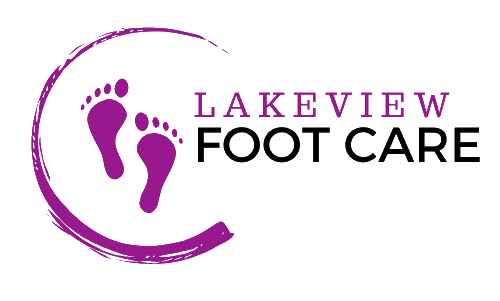
Foot care for Indigenous communities in Canada is a crucial yet often overlooked aspect of overall health and wellness. Many Indigenous individuals face unique challenges that can lead to foot-related issues, such as diabetes and other chronic conditions. The emotional toll of these health challenges can be significant, impacting daily activities and overall quality of life. Understanding the importance of foot health is not just about prevention; it’s also about empowering communities with knowledge and techniques that can lead to profound improvements in well-being. In this article, we will explore essential foot care strategies tailored for Indigenous communities, aiming to foster healthier lifestyles and enhance the quality of life.
Understanding the Importance of Foot Health in Indigenous Communities
Foot health is an essential but frequently neglected component of overall wellness, especially within Indigenous communities in Canada. Many Indigenous individuals live with chronic conditions such as diabetes, which can lead to severe complications, including foot ulcers and amputations. Research indicates that Indigenous populations face a significantly higher prevalence of diabetes compared to the general Canadian population, making proactive foot care an urgent matter. When we consider that the feet are the foundation of mobility, it becomes evident that maintaining foot health is integral to preserving independence and enhancing quality of life.
Moreover, cultural practices and lifestyles can impact foot health significantly. Traditional footwear, often less supportive than modern shoes, may contribute to foot problems, especially in regions with challenging terrains or climates. Additionally, the impact of poverty and lack of access to healthcare resources can exacerbate foot-related issues, leading to a cycle of neglect. Recognizing these factors is essential for developing effective strategies that resonate with the community’s values and needs.
Educating Indigenous communities about the importance of foot health is critical. Awareness campaigns, workshops, and community outreach can effectively disseminate knowledge about proper foot hygiene and care. By highlighting the connection between foot health and overall wellness, communities can take proactive steps toward preventing complications and fostering an environment that prioritizes health. Through accessible education, we can empower individuals to take charge of their health and prevent potential issues before they escalate.
Effective Foot Care Strategies for Promoting Wellness
Implementing effective foot care strategies requires a multifaceted approach that involves education, accessibility, and cultural sensitivity. One central strategy is to promote regular foot examinations. Encouraging community members to inspect their feet daily for any changes, such as cuts, blisters, or color changes, can lead to early detection of potential issues. For those with diabetes or other risk factors, regular visits to healthcare professionals for comprehensive foot checks can be life-saving. By raising awareness about the importance of self-examinations and professional evaluations, communities can significantly reduce the risk of severe complications.
Foot hygiene is another critical element in the realm of foot care. Teaching community members about the importance of washing feet daily, drying them thoroughly, and keeping toenails trimmed can help prevent infections and other issues. Access to clean water and hygiene resources is paramount for maintaining these practices. Community initiatives that provide foot care kits—including soap, lotion, and proper footwear—can facilitate better hygiene practices. By equipping individuals with the tools needed for effective foot care, we can tackle issues before they arise.
Culturally relevant approaches to foot care can also enhance the acceptance and effectiveness of these strategies. Integrating traditional healing practices with contemporary foot care education can create a more holistic approach to health. Collaborating with Indigenous healers and integrating their knowledge into foot care programming fosters trust and respect within the community. Encouraging local leaders to champion foot health initiatives can further promote these strategies and make them a communal concern. By blending traditional and modern practices, we can create a more comprehensive foot care framework that resonates with community values.
Investing in foot care for Indigenous communities in Canada is not merely a health initiative; it is a vital step toward empowerment and well-being. By understanding the unique challenges faced by these communities and implementing effective, culturally sensitive strategies, we can foster resilience and promote overall health. Now is the time to take action—whether through community education programs, partnerships with healthcare providers, or simply sharing knowledge about foot hygiene. Together, we can create a future where every individual has the resources and knowledge to prioritize their foot health, paving the way for a healthier, more vibrant community. Let us embrace this journey toward wellness and ensure that foot care becomes an integral part of the health narrative for Indigenous peoples across Canada.
Podiatry vs. Chiropody: Understanding Foot Care in CanadaEnhancing Foot Health: Rural Canada’s Foot Care ClinicsComprehensive Mobile Foot Care Services Across CanadaRelevant LinkRelevant LinkRelevant Link

